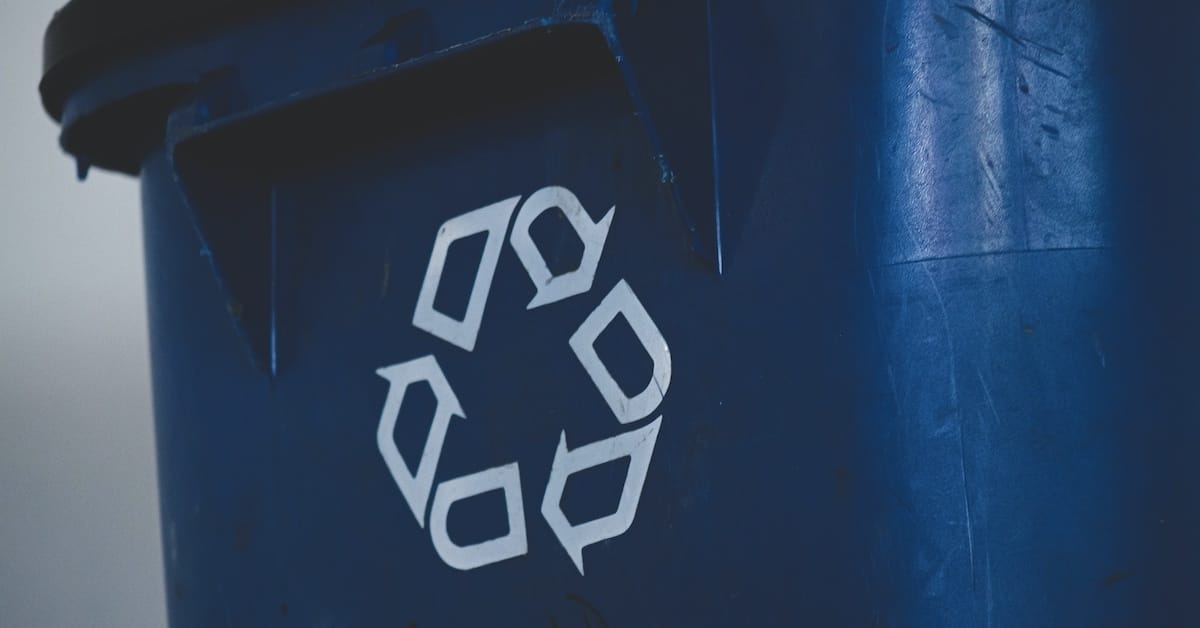Covid-19 Special NRS Pay Point of Sale Pricing: $699 (REG. $1299)
Covid-19 Special NRS Pay Point of Sale Pricing: $699 (REG. $1299)

If you work in the restaurant industry, you’re probably familiar with the concept of food waste.
Research shows between 4% – 10% of food purchased by restaurant leaders never gets to customers, totaling approximately $1,000 of the company’s revenue per 3.3 lb of food waste. This is a common and serious issue in restaurants. Restaurants are required to dispose of leftover food or components that weren’t consumed since they must prepare fresh dishes for their clients. Food waste is what restaurant owners aim to prevent since it is a waste of resources and money that results in excess garbage, which is potentially harmful to the environment. Here are some tips to help you avoid wasting food and save your time and money when it comes to food.
Having an organized method to manage your inventory is one strategy to reduce food waste in your business. You’ll be less inclined to overorder and waste food if you know how much of each product you have on hand. The NRS Point of Sale (POS) System is an excellent method to keep track of your inventory. The POS has an inventory tracking system that can tell you which goods are the most popular with consumers, which can help you cut down on food waste. Visit https://nrsplus.com/point-of-sale/inventory-tracking/ to discover more about the NRS Point of Sale system and inventory tracking.
Another method to eliminate leftover food is anticipating your clients’ eating patterns. You may understand your customers’ eating habits by analyzing data from inventory tracking, previous purchases, trends, and observing when and how much they buy products. If you see that consumers buy pizza at a particular time of year, you might anticipate needing to acquire additional pizza ingredients. You’ll be able to order the correct amount of ingredients and create the right quantity of meals more effectively if you can evaluate your clients’ eating patterns. This will reduce your chances of preparing too much food and wasting it.
Creating a donation program is the last recommendation for reducing food waste that benefits the entire community. This is a great way to help a good cause while reducing the amount of leftover food in our landfills. Which releases methane gas which is 30 times worse than CO2. Restaurant operators can set up a system in which any unused food goods and items that would be thrown away are instead donated to a local shelter or soup kitchen once a week. There are programs such as USDA, WasteNoFood.org, RecusingLeftoverCuisine.org, to name a few.
Once you donate to a good cause, you will receive positive feedback for your company and will establish a positive reputation in your community, attracting new clients. It’s a win-win situation! So go ahead and start minimizing food waste in your business and neighborhood.
By fbatista